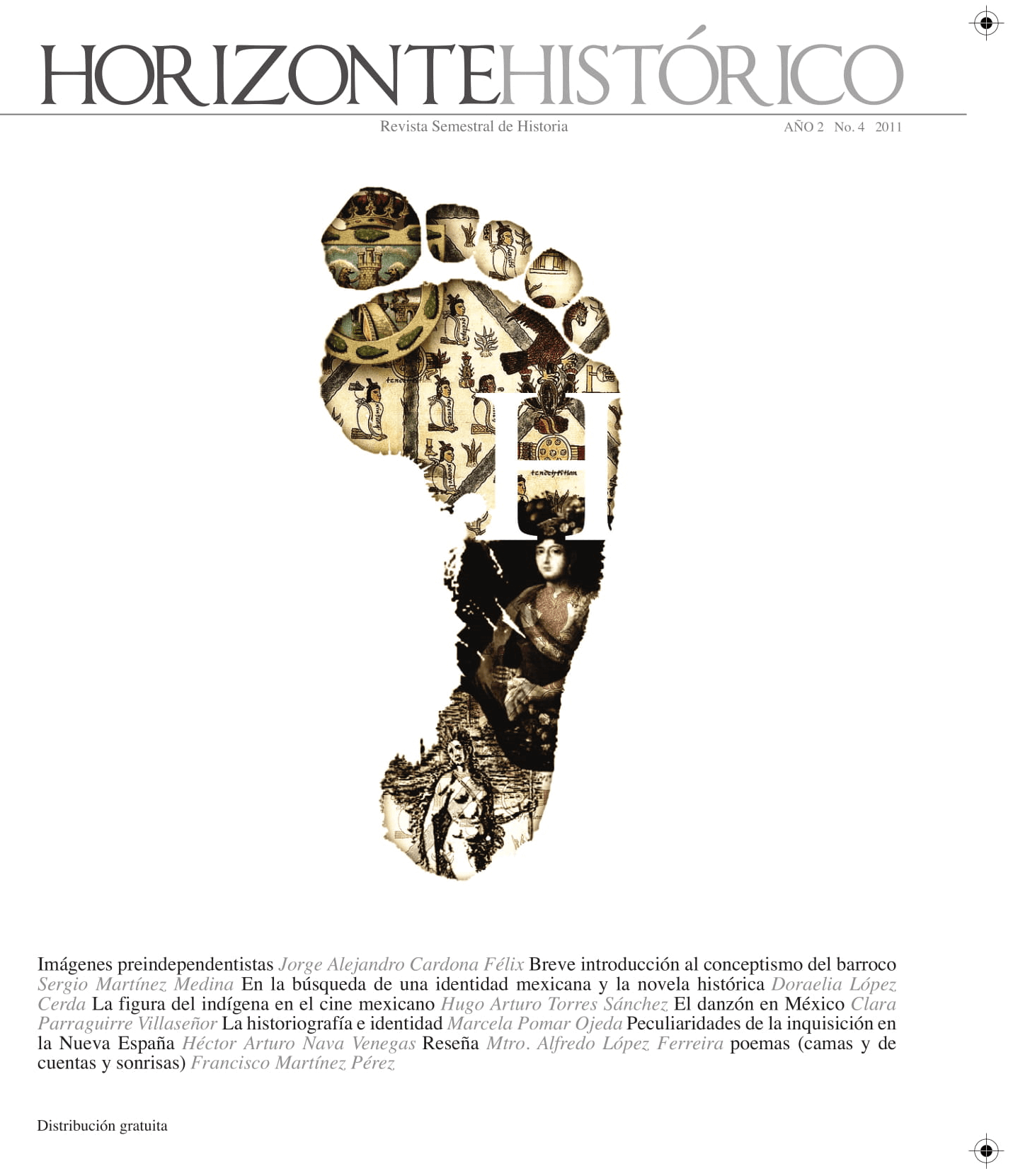The figure of the indigenous person in Mexican cinema from 1930 to 1970
DOI:
https://doi.org/10.33064/hh.vi4.795Keywords:
Cinema, Mexico, Indigenous people, Society, IdeologyAbstract
This study exposes and reflects on the image of the Indian in Mexican cinema. At the same time, it analyzes its symbolic and representative transformation, which took place from the 1930s to the 1970s. The author also argues about the importance of cinema as a social and aesthetic phenomenon that seeks to transmit the collective imagination to the big screen. In this sense, the purpose of this work is to reflect, not only on the image of the Indian in the cinema, but also on the symbolic and ideological background that hides behind the cinematographic representations of the same, since these are accompanied by false interpretations and erroneous stereotypes.
Downloads
Metrics
Downloads
Published
How to Cite
Issue
Section
License
Those authors who have published with this journal, accept the following term:
The copyright of any article in Horizonte Histórico belongs to the author(s). As a condition of publication, authors agree to release their copyright under a shared license, specifically the Creative Commons Attribution-NonCommercial-NoDerivativeWorks 4.0 International license.











